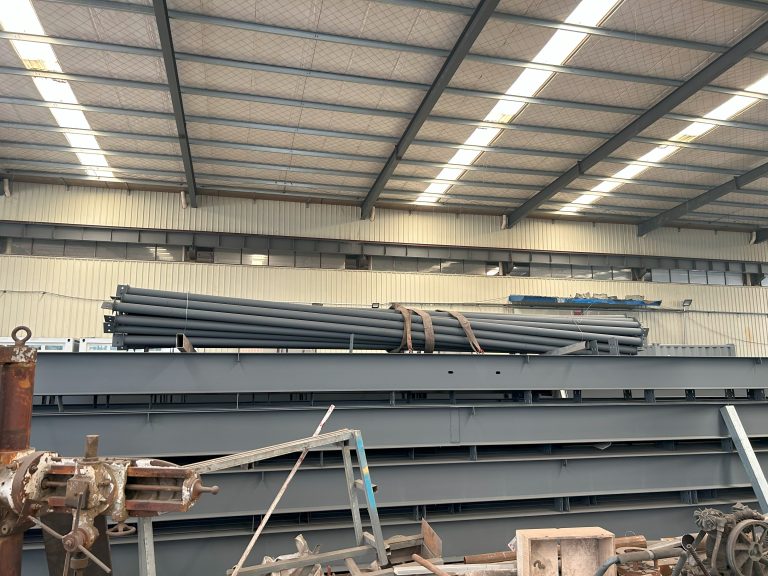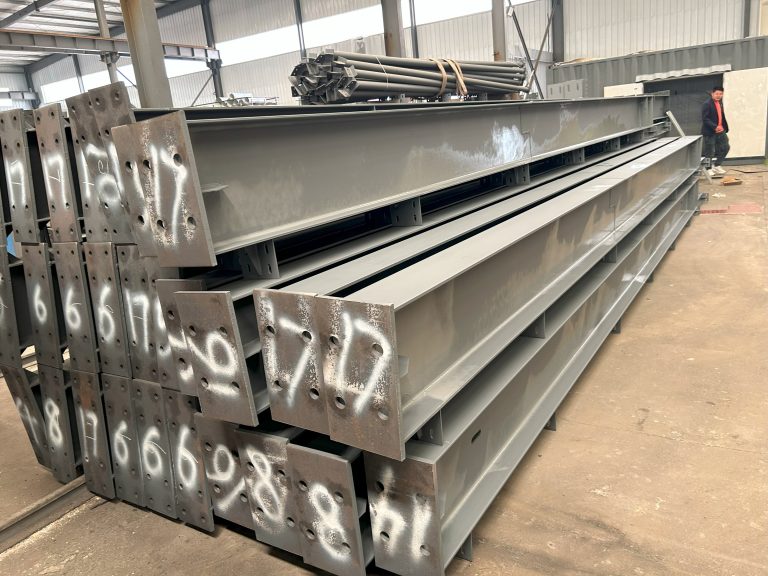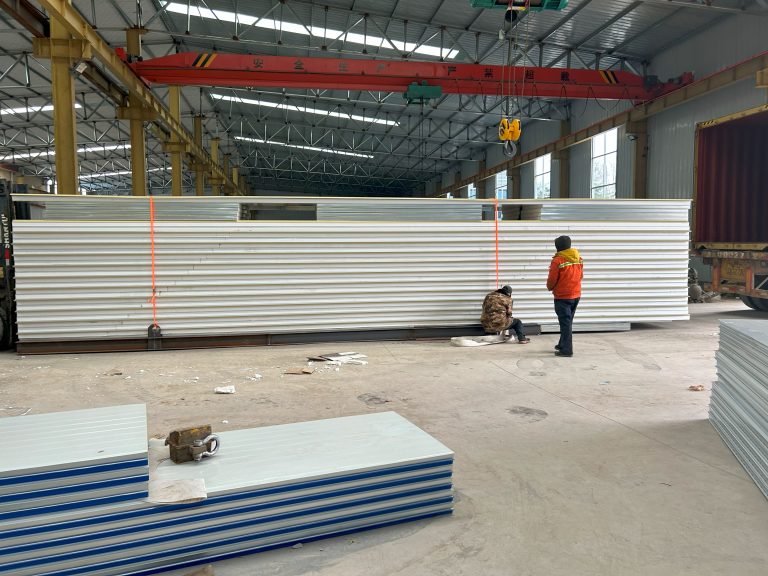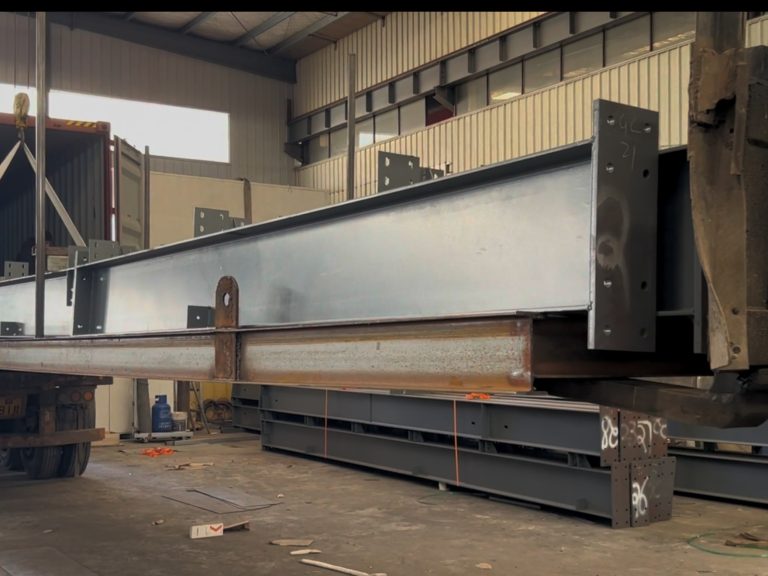Steel structure hydropower station: Efficient utilization of hydropower resources.
Table of Contents
Benefits of Steel Structures in Hydropower Stations
Hydropower is a renewable energy source that has been utilized for centuries to generate electricity. With the increasing demand for clean and sustainable energy, hydropower stations play a crucial role in meeting the energy needs of communities around the world. Steel structures are commonly used in the construction of hydropower stations due to their durability, strength, and cost-effectiveness.
One of the key benefits of using steel structures in hydropower stations is their high strength-to-weight ratio. Steel is a strong and durable material that can withstand the heavy loads and pressures exerted by water flow in a hydropower station. This makes steel structures ideal for supporting the weight of turbines, generators, and other equipment used in the generation of electricity.
In addition to their strength, steel structures are also highly resistant to corrosion and rust. This is particularly important in hydropower stations, where exposure to water and moisture is constant. By using steel structures, hydropower stations can minimize the risk of structural damage and ensure the longevity of their facilities.
Furthermore, steel structures are quick and easy to assemble, which can help reduce construction time and costs. The prefabricated nature of steel components allows for efficient installation, leading to faster project completion and reduced labor expenses. This is especially beneficial in remote or challenging terrain where access to construction materials and equipment may be limited.
Another advantage of steel structures in hydropower stations is their versatility. Steel can be easily customized and fabricated to meet the specific design requirements of a hydropower project. Whether it’s a small run-of-river plant or a large-scale dam, steel structures can be tailored to fit the unique needs of each station.

Moreover, steel structures are environmentally friendly and sustainable. Steel is a recyclable material that can be reused and repurposed, reducing the environmental impact of construction projects. By choosing steel structures for hydropower stations, developers can contribute to the conservation of natural resources and the reduction of carbon emissions.
In conclusion, steel structures offer numerous benefits for hydropower stations, including high strength, durability, corrosion resistance, quick assembly, versatility, and sustainability. By utilizing steel in the construction of hydropower facilities, developers can maximize the efficiency and effectiveness of their projects while minimizing costs and environmental impact. Steel structures play a vital role in the efficient utilization of hydropower resources, helping to meet the growing demand for clean and sustainable energy around the world.
Design Considerations for Steel Structures in Hydropower Stations
Hydropower is a renewable energy source that has been utilized for centuries to generate electricity. With the increasing demand for clean and sustainable energy, hydropower stations have become a popular choice for power generation. Steel structures play a crucial role in the design and construction of hydropower stations, as they provide the necessary support and stability for the various components of the station.
One of the key design considerations for steel structures in hydropower stations is the need for durability and strength. Hydropower stations are often located in remote and harsh environments, where they are exposed to extreme weather conditions and natural disasters. Steel structures must be able to withstand these challenges and provide long-term support for the station.
Another important consideration is the efficiency of the steel structure in supporting the various components of the hydropower station. The structure must be designed to accommodate the weight of the turbines, generators, and other equipment, while also allowing for easy access for maintenance and repairs. Steel is a versatile material that can be customized to meet the specific needs of the station, making it an ideal choice for hydropower projects.
In addition to strength and efficiency, the design of steel structures in hydropower stations must also take into account environmental factors. Hydropower stations have a minimal environmental impact compared to other forms of energy generation, but it is still important to minimize the impact of the station on the surrounding ecosystem. Steel structures can be designed to be environmentally friendly, using recycled materials and minimizing waste during construction.
One of the advantages of using steel structures in hydropower stations is their flexibility and adaptability. Steel can be easily modified and expanded to accommodate changes in technology or energy demand. This flexibility allows for the efficient utilization of hydropower resources, as the station can be easily upgraded or expanded to meet the needs of the community.
When designing steel structures for hydropower stations, it is important to consider the overall aesthetics of the station. While functionality and efficiency are key considerations, the appearance of the station also plays a role in its acceptance by the community. Steel structures can be designed to be visually appealing, blending in with the natural surroundings and enhancing the overall landscape.
In conclusion, steel structures play a vital role in the design and construction of hydropower stations. They provide the necessary support and stability for the various components of the station, while also offering durability, strength, and efficiency. By considering these design considerations, engineers can create hydropower stations that efficiently utilize the power of water to generate clean and sustainable energy for the future.






